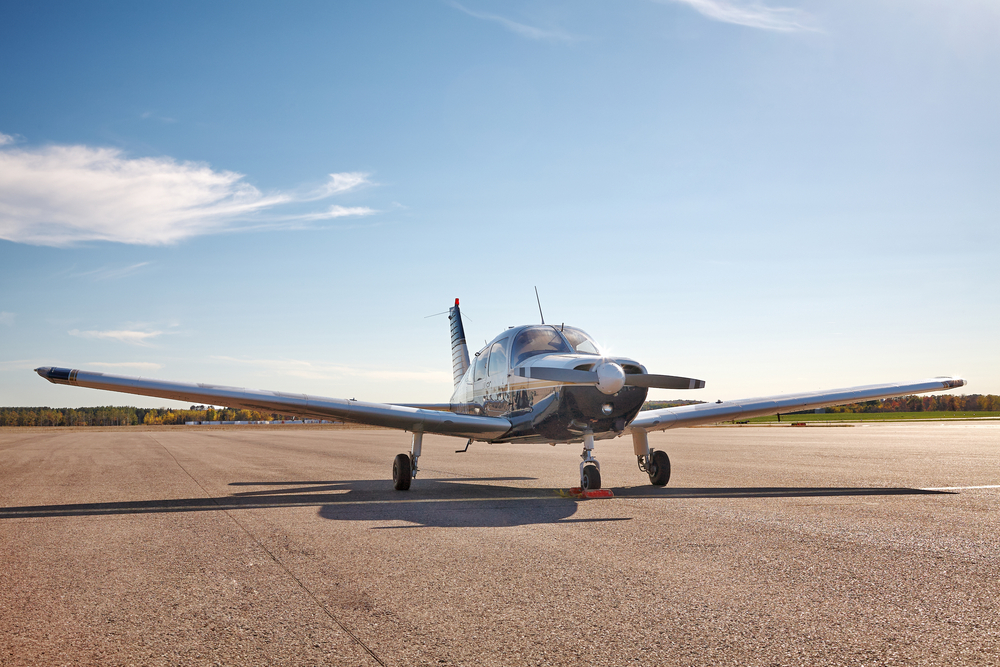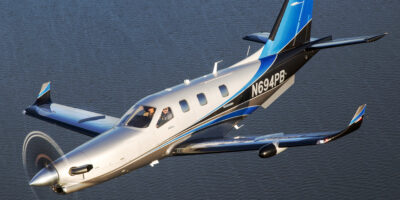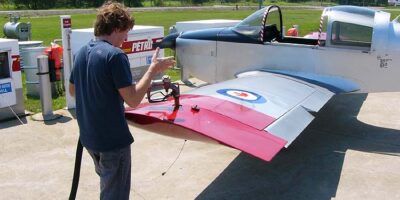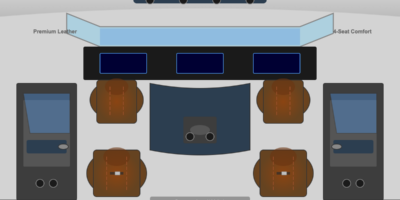Aircraft engine overhauls represent one of the largest expenses in aircraft ownership. Understanding when engines need rebuilding, what triggers the requirement, and how to maximize time between overhauls saves thousands of dollars. The decision involves regulatory requirements, mechanical condition, and economic considerations that every aircraft owner must navigate.
Quick Answer: Most aircraft engines reach TBO (Time Between Overhaul) at 1,400-2,000 hours depending on the model. Continental O-200 engines: 1,800 hours. Lycoming O-320: 2,000 hours. Continental IO-520: 1,700 hours. Overhauls cost $18,000-$55,000 depending on engine size. Part 91 operators can fly past TBO if compression and oil analysis are acceptable. Commercial operations must comply with TBO limits.
What TBO Means and When It Applies
Time Between Overhaul (TBO) is the manufacturer’s recommended interval for complete engine rebuilding. This recommendation considers normal wear, metal fatigue, and statistical failure data. TBO is not a legal requirement for Part 91 (private) operations. The engine doesn’t suddenly become unsafe at TBO—it’s a planning milestone.
Commercial operations under Part 135 and flight schools under Part 141 must comply with TBO unless granted specific extensions. Part 91 pilots can legally fly past TBO if the engine meets airworthiness standards. However, insurance companies often limit coverage beyond TBO, and resale value drops significantly once engines exceed TBO.
Signs an Engine Needs Overhaul
Compression tests measure cylinder condition—readings below 60/80 indicate wear. Oil consumption above 1 quart per 4 hours suggests piston ring wear. Metal particles in oil analysis show bearing or camshaft deterioration. Rough running indicates valve or ignition system problems. Low oil pressure points to bearing clearance issues.
Borescope inspections reveal internal cylinder condition, valve condition, and piston wear. Exhaust valve guide wear appears as excessive movement. Camshaft wear shows through lifter face patterns. Crankshaft runout measurements detect bending. These signs collectively indicate whether an engine needs immediate overhaul or can continue safely.
Top Overhaul vs Major Overhaul
Top overhauls address only the cylinders and valves, leaving the crankcase assembled. Costs run $8,000-$15,000 for a four-cylinder engine. The crankshaft, camshaft, and bearings remain untouched. Top overhauls extend service life by 400-800 hours when the bottom end is healthy. They’re economical when compression drops but oil consumption remains normal.
Major overhauls completely disassemble the engine, inspecting every component. The crankshaft is magnafluxed for cracks and measured for wear. All bearings are replaced. Cylinders are bored or replaced. The camshaft is inspected and often replaced. Accessories are overhauled or replaced. The reassembled engine returns to zero-time status. Costs range from $18,000 for small engines to $55,000+ for large six-cylinder powerplants.
Extending Engine Life Between Overhauls
Regular oil changes every 25-50 hours prevent sludge buildup and remove contamination. Using straight-weight mineral oil in break-in periods seats rings properly. Avoiding prolonged ground running prevents cam corrosion from moisture. Preheating engines below 40°F reduces cold-start wear. Operating at 65-75% power extends component life compared to continuous high power.
Oil analysis every 25-50 hours detects problems early before major damage occurs. Compression checks at each annual inspection track cylinder condition. Avoiding shock cooling by gradual power reductions protects cylinders. Using TCP fuel additive reduces lead deposits on valves. Flying regularly—at least once weekly—prevents corrosion from sitting. These practices routinely extend engines 200-400 hours beyond TBO.
Cost Factors and Budget Planning
Overhaul costs vary by engine size and condition. Four-cylinder engines like the O-320 cost $22,000-$28,000. Six-cylinder engines like the IO-520 run $35,000-$45,000. Additional costs include removal and reinstallation ($2,000-$3,000), new hoses and mounts ($1,500-$2,500), and prop overhaul if needed ($2,000-$3,500).
Setting aside $15-$25 per flight hour in an engine reserve account prepares for eventual overhaul. A 2,000-hour TBO engine flown 100 hours annually needs overhauling every 20 years. Factoring 3% annual inflation, today’s $25,000 overhaul costs $38,000 in 15 years. Planning ahead avoids financial surprises when the engine times out.
Field Overhaul vs Factory Overhaul
Field overhauls are performed by local shops to factory specifications. Costs run 10-20% less than factory rebuilds. Quality varies by shop—choose facilities with good reputations and modern equipment. The overhauled engine receives a fresh logbook entry but not a factory zero-time designation. Most field overhauls are excellent and indistinguishable from factory work in practice.
Factory overhauls by Continental or Lycoming return engines to “zero time” status with new logbooks. All dimensions meet new-engine specifications. Factory warranties typically cover 12 months or 1,000 hours. Costs run 15-25% higher than field shops. Factory overhauls command premium resale values. Some insurance companies prefer factory rebuilds for high-value aircraft.
Making the Overhaul Decision
When TBO approaches, evaluate the engine’s overall condition. If compression is strong (70/80 or higher), oil consumption is low (1 quart per 10 hours), and oil analysis is clean, consider continuing operations past TBO. Have your mechanic perform a thorough inspection including borescope examination.
If the aircraft’s value is low, investing in a major overhaul may not make economic sense. Consider selling as-is and letting the buyer address the engine. If you plan to keep the aircraft long-term, a proper overhaul protects your investment. Budget for the full cost including accessories—trying to save money by skipping necessary work leads to premature failures and additional expense. A quality overhaul should provide another 1,800-2,000 hours of reliable service.
Join the Aircraft Insider Community
Get exclusive backcountry flying tips, aircraft reviews, and Western aviation destinations delivered to your inbox.
✈️ No spam, ever. Unsubscribe anytime. Privacy respected.




Leave a Reply